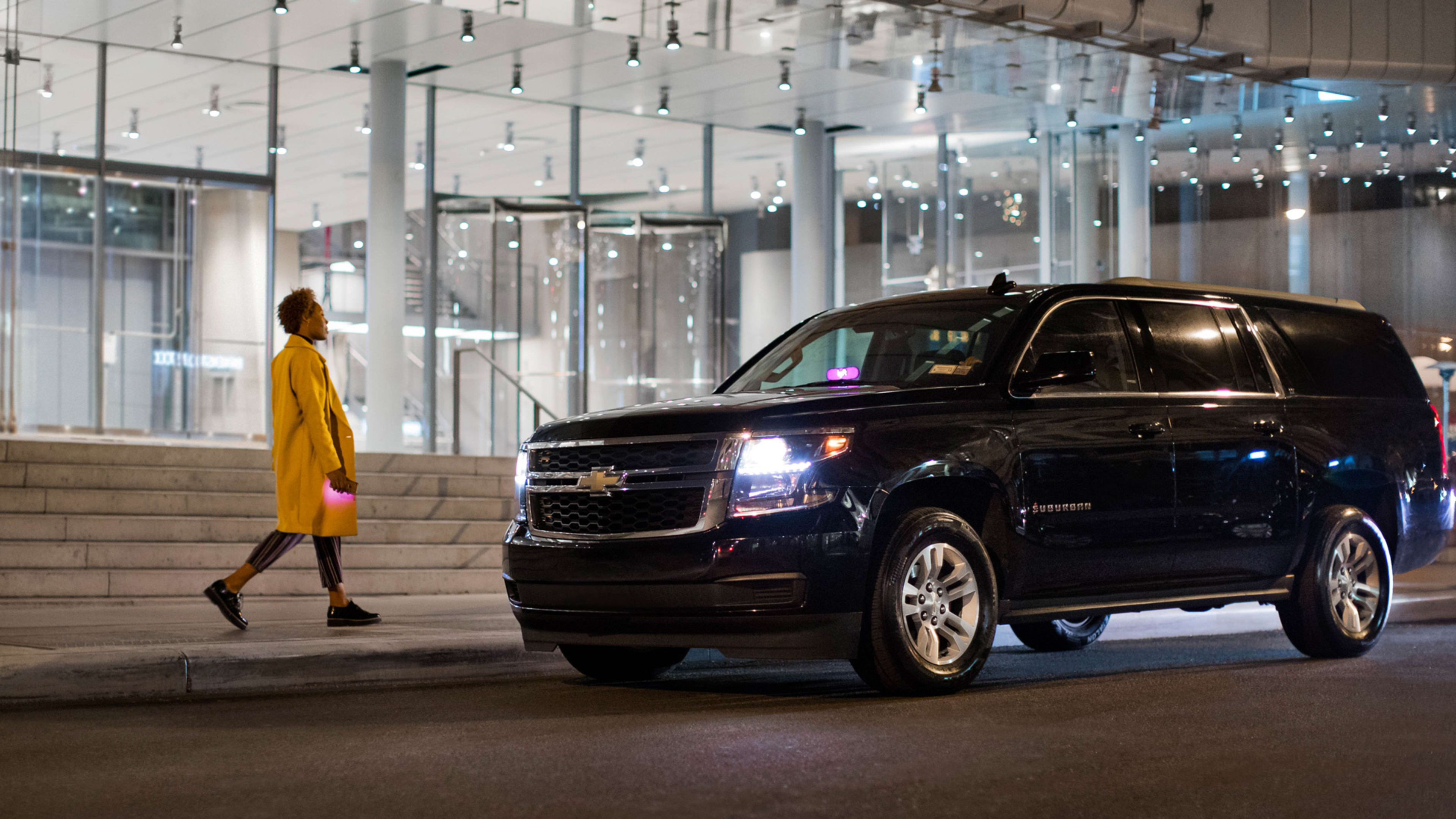Lyft is investing in its drivers, writes COO John McNeil. The company plans on injecting $100 million into its driver support centers to expand services to include oil changes, car rentals, electric car charging, and even help with taxes. The company says there are currently 15 hubs around the U.S., and it hopes to double that number by the end of the year.
Hubs were originally introduced as in-person support centers, which also served as a way for Lyft to on-board new drivers. Now, the company sees these centers as an opportunity to do more for its driver base. As part of the growth plan, Lyft plans to keep these centers open for more hours of the day and introduce new services. Already some of its hubs provide car inspections operated by third parties, the company says. But Lyft wants to be able to offer low-cost car maintenance services as well. A Lyft spokesman says the company is currently in conversations with a number of companies focused on vehicle maintenance to help it develop such services.
The move also seems a direct strike against competitor Uber, which has been trying to woo drivers since May of last year when it introduced tipping. “We’re not doing 180 days of change,” writes McNeil, in reference to Uber’s promise last year to do better by its drivers. “Lyft has been committed to drivers since our beginning. We’ve led the industry with tipping in the app, same-day payments, destination mode, and dozens of other driver-centric features. I’m excited to raise the bar again by providing drivers with an incredible in-person experience.”
Uber still has a significant lead over Lyft in terms of market share. As of April 2018, Uber had 71% of the ride-hailing market versus Lyft’s 26%, according to analytics platform Second Measure. Focusing on driver needs may be a way to further narrow that gap.
While Lyft is also putting money into autonomous car technology, McNeil says he doesn’t see his driver base dwindling anytime soon. “Based on our projections, we expect our driver community to more than double in the next five years,” he writes.
Recognize your brand’s excellence by applying to this year’s Brands That Matter Awards before the early-rate deadline, May 3.
